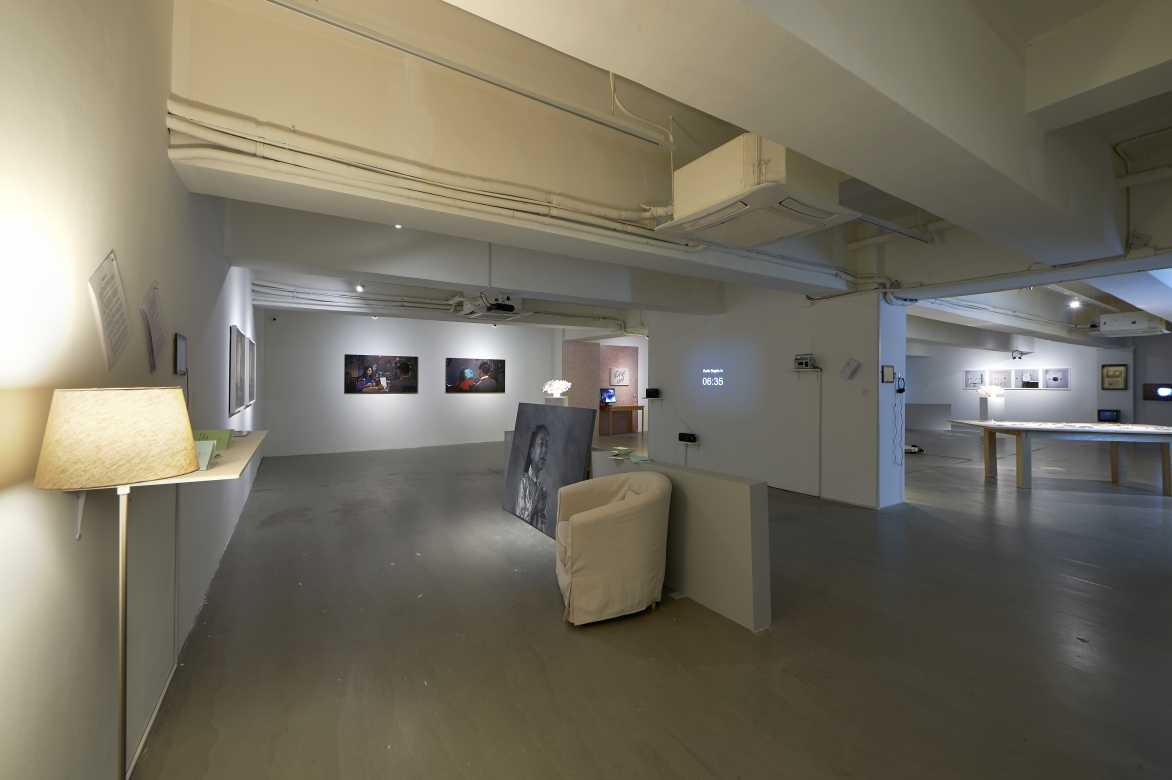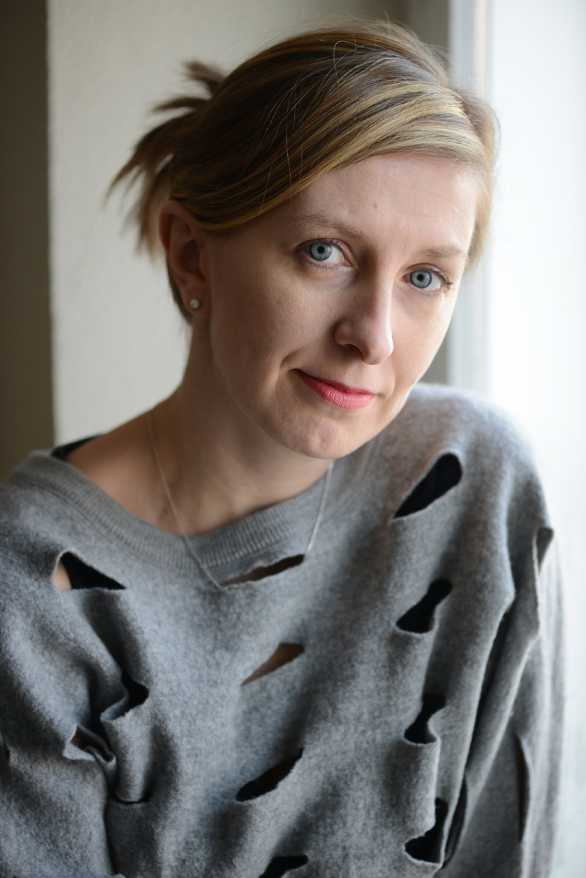
Para Site is delighted to present Crush, a group exhibition that delves into the dark side of love and the complexities of unrequited emotion found therein. By tracing the injury, heartbreak, defeat and pathology associated with love, the exhibition reflects upon this vulnerable feeling and its interstices in both private life and the social structures found in the public realm.
Unrequited love oscillates like a pendulum on an axis of passionate extremes; it is at once an epic and an epidemic, a feeling of ravishing euphoria and a perverse quest. The figure of the stalker is perhaps one of the most dramatic representations of the kind of wild obsession that one might succumb to when love is not returned. Although unrequited love is itself old and widespread, albeit not universal, it is contemporary life that now breeds obsession with unprecedented vigour: from the stars and celebrities who are constantly followed by groups of crazed fans, the nationalistic slogans that avidly call for unconditional patriotic love, to the hopeful romantics on omnipresent dating apps, the packaging of shop products covered in symbols of love and success, and the often-neglected emotional labour that underlies all relationships. The flow and exchange of emotions in everyday life are often regulated by the prevailing institutions of contemporary society. Owing to their ubiquity, the conflicting feelings associated with unrequited love become the rather tender avenue through which these institutions can be investigated. Taking inspiration from the rhetoric of love and obsession, the exhibition conjures a fictive space for lyricism, tracing the sensations of euphoria and perversion while simultaneously investigating the threats of entrapment.
The exhibition assembles a group of artists who make use of daily mediums and subject matter to explore emotion and its affects. In responding to the themes of the exhibition, the artists present an increasingly identifiable tendency in current art practice, that uses emotion as a basis for artistic language. Through patient and measured methods such as writing, reading, and audio recording, these works either expand on emotions toward their surroundings, or investigate the precariousness of emotion as at once an inherent need and a socio-historical construct. Together they open up a space that relates so willingly with the audience, one that appeals to the politics of emotion as well as the lyrical tradition in literature.
Crush proposes a shift of focus towards the pain and abuse inflicted by love and its caricatures, and “outlaw emotions,” which have hitherto been neglected or deliberately shunned. One need look no further than the numerous cases of assault and harassment that have recently entered public debate, where the perpetrators’ abuse of power, committed under the guise of love, belies complex emotional experiences that demand parsing with care. Echoing the anthropologist , Crush urges a rethinking of the ambivalence, incoherence, and unruliness of love: how can love be both joyful and painful, enduring and transient, expansive and territorial?
Crush is curated by
Special thanks to Exhibition Supporters











